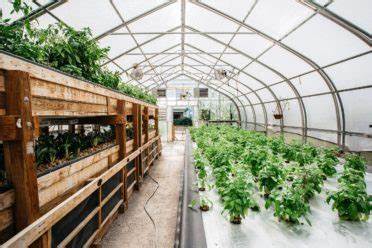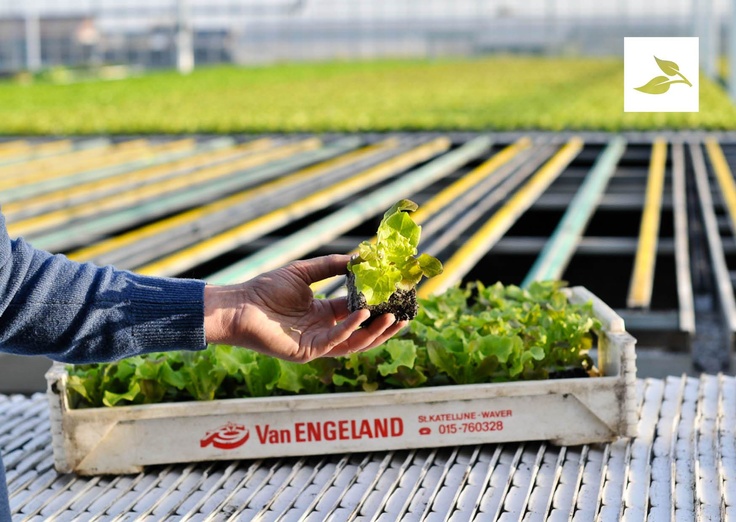
Introduction
Vertical farming has gained significant attention in recent years as a sustainable solution to food production in urban areas. This article explores the use of substrates in vertical farms and their importance in enhancing efficiency and reducing environmental impact.
Historical Background
Vertical farming has a rich history dating back to ancient civilizations. Over time, there has been a significant evolution in the substrates used in vertical farms, with a shift towards more sustainable options.
Key Concepts and Definitions
Sustainable substrates are materials that provide support, nutrients, and water to plants in vertical farms while also minimizing environmental impact. Factors such as resource availability, renewability, and biodegradability need to be considered when selecting sustainable substrates.
Main Discussion Points
Point: Types of Sustainable Substrates for Vertical Farms
Coconut Coir
Coconut coir is a popular sustainable substrate due to its abundance and renewability. It offers benefits such as excellent water retention and aeration, but also has drawbacks like high initial salt content. Many vertical farms have successfully implemented coconut coir as a substrate.
Peat Moss
While peat moss has been traditionally used as a substrate, its extraction raises environmental concerns. Alternatives and replacements, such as compost, have been explored to reduce the impact on peatland ecosystems.
Rockwool
Rockwool is a widely used substrate due to its excellent water retention and aeration properties. However, its production involves energy-intensive processes. Considerations for sustainable use include recycling and safe disposal practices.
Point: Nutrient Management in Sustainable Substrate Systems
Nutrient Delivery Methods
Hydroponic and aquaponic systems are commonly used in vertical farms for nutrient delivery. Hydroponic systems provide nutrients directly to the plant roots through a nutrient solution, while aquaponic systems integrate fish waste as a natural fertilizer.
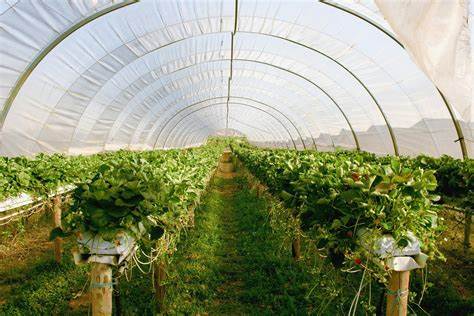
Organic Fertilizers and Nutrient Supplementation
Organic fertilizers, such as compost tea and vermicompost, are valuable additions to sustainable substrate systems as they provide essential nutrients and improve soil health.
Point: Water Management in Sustainable Substrate Systems
Irrigation Techniques and Efficiency
Drip irrigation and ebb and flow systems are commonly used in vertical farms to optimize water usage. Drip irrigation delivers water directly to the plant roots, while ebb and flow systems provide periodic flooding and draining cycles.
Water Recycling and Conservation Strategies
Vertical farms are increasingly implementing water recycling systems to minimize water wastage. Strategies like collecting and treating runoff water can significantly reduce water consumption.
Point : Impact of Sustainable Substrates on Plant Growth and Productivity
Case Studies on Yield and Quality of Crops
Various case studies have shown promising results in terms of yields and quality of crops grown using sustainable substrates. Crops grown in these substrates have demonstrated similar or superior growth compared to traditional soil-based farming.
Considerations for Optimal Growth and Plant Health
To ensure optimal growth and plant health, factors like substrate pH, nutrient availability, and root aeration need to be carefully monitored and adjusted in sustainable substrate systems.
Case Studies or Examples
Example: Gotham Greens’ Use of Coconut Coir in Their Vertical Farms
Gotham Greens, a leading urban farming company, has successfully implemented coconut coir as a sustainable substrate in their vertical farms. The use of coconut coir has resulted in increased yields and improved resource efficiency.
Example: Urban Oasis Farm’s Implementation of Rockwool in Their Vertical Farm
Urban Oasis Farm has incorporated rockwool as a sustainable substrate in their vertical farm. The use of rockwool has allowed for precise water and nutrient management, resulting in enhanced plant growth and productivity.
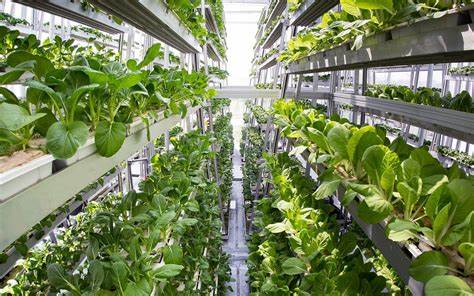
Current Trends or Developments
Research Findings on Sustainable Substrates for Vertical Farms
Ongoing research is continually unveiling new findings on sustainable substrates for vertical farms. Researchers are exploring innovative materials and techniques to improve sustainability and efficiency in vertical farming.
Innovative Technologies and Practices in Substrate Production and Usage
Technological advancements are revolutionizing substrate production and usage in vertical farms. Innovations such as biodegradable substrates and automated nutrient delivery systems are being developed to enhance sustainability.
Challenges or Controversies
Environmental Concerns Associated with Certain Substrate Materials
Certain substrate materials, like peat moss, raise environmental concerns due to their extraction processes. It is crucial to consider the ecological impact of substrate materials and explore alternative options.
Trade-Offs Between Sustainability and Cost in Substrate Selection
Selecting sustainable substrates often involves a trade-off between sustainability and cost. Decision-makers need to carefully evaluate the environmental impact and economic feasibility of different substrate options.
Differing Viewpoints on the Best Substrate Options for Vertical Farming
There are differing viewpoints regarding the best substrate options for vertical farming. It is important to consider various factors, including crop requirements, local resources, and environmental considerations, when selecting substrates.
Future Outlook
Potential Advancements in Sustainable Substrates for Vertical Farms
The future holds promising advancements in sustainable substrates for vertical farms. Continued research and development may lead to the discovery of new materials and techniques that further enhance sustainability.
Integration of New Technologies and Practices for Improved Sustainability
The integration of new technologies and practices, such as sensor-based irrigation systems and closed-loop nutrient cycles, can significantly improve sustainability in vertical farming.
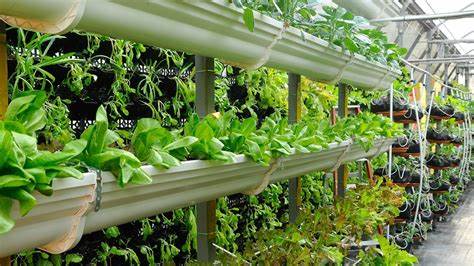
Expansion of Vertical Farming and Its Impact on Substrate Demand and Innovation
As vertical farming continues to expand, there will be an increased demand for sustainable substrates. This demand may drive innovation in substrate production and usage, leading to further improvements in sustainability.
Conclusion
In conclusion, the use of sustainable substrates in vertical farms is crucial for improving efficiency and reducing environmental impact. By carefully selecting and managing substrates, vertical farms can enhance plant growth, optimize resource usage, and contribute to a more sustainable future of food production.
References
This article is based on research from various sources, including books, articles, and scientific papers, that focus on sustainable substrates for vertical farms. Additional information can be found on websites and organizations specializing in vertical farming and substrate research.




